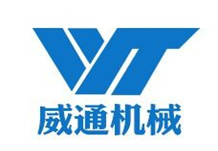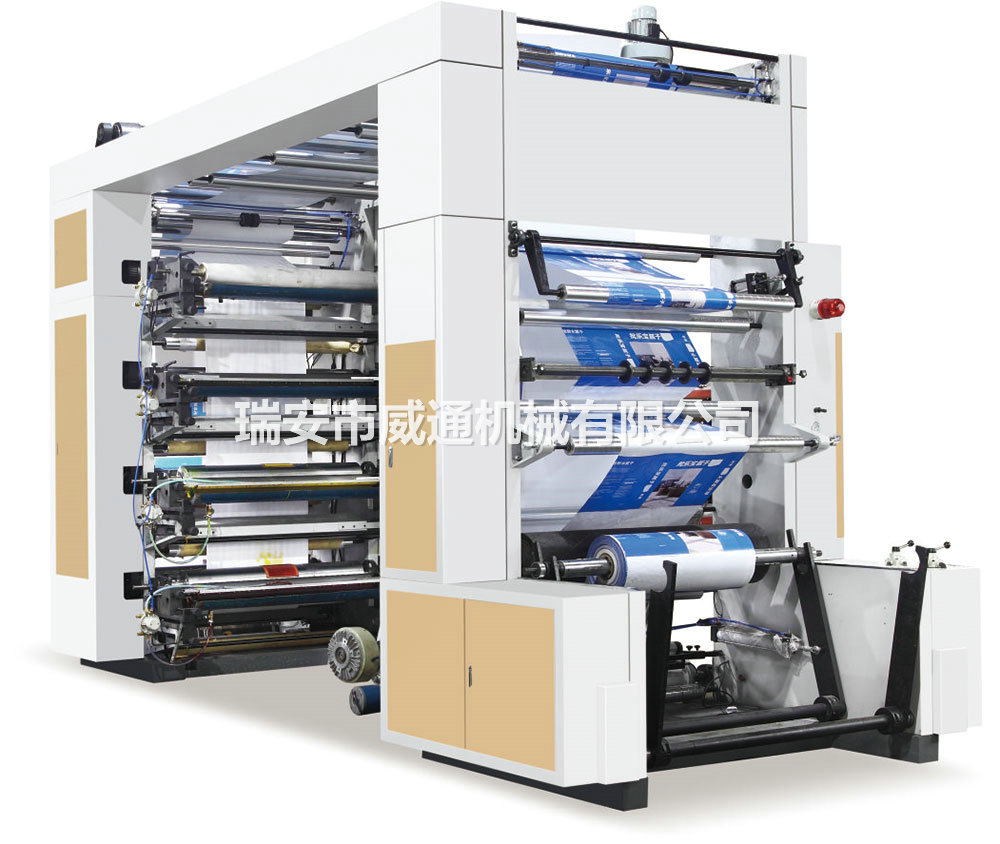





The structure of a laminated flexo press (see Figure 1) is the assembly of one or more layers of one or more layers of independent printing color on one or both sides of the frame. Each printing color group is driven by a gear set mounted on the main wall panel. The laminated press can contain 1~8 printing colors, but the common flexo presses are made up of 6 color groups.
There are three major advantages of laminated flexo presses. First, the operator realizes double-sided printing by flipping the paper tape in the process of moving the paper. Through a variety of paper delivery routes, if sufficient drying time is designed between the successive printing units in the belt, the full drying of the front ink can be realized before the reverse printing. Second, the printing color set has good accessibility, making the printing parts replacement and cleaning more convenient. Third, you can print large format prints.
Laminated flexo printing machines have a wide range of applications, and can print almost all kinds of substrates. But there are some limitations in some occasions. When the substrate is a ductile material or very thin material, laminating flexo printing machine overprinter accuracy is difficult to achieve the requirements of + 0. 08mm, so color printing has its limitations. But when the substrate is some thicker material, such as paper, multilayer composite film, or other materials that can withstand very high tape tension, laminated flexo presses are more likely to print economical and accurate commercial prints.
